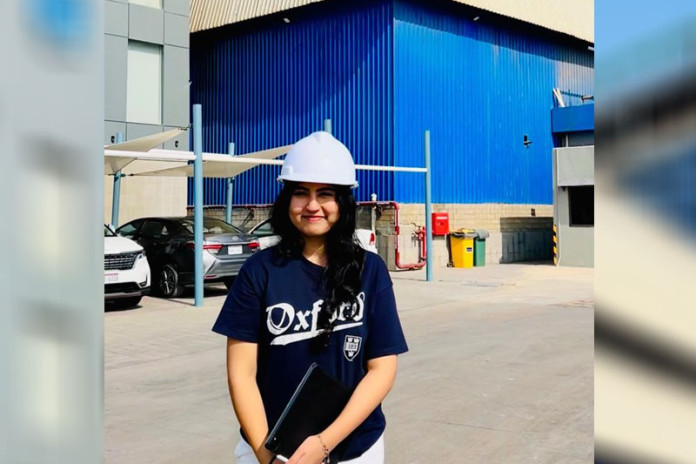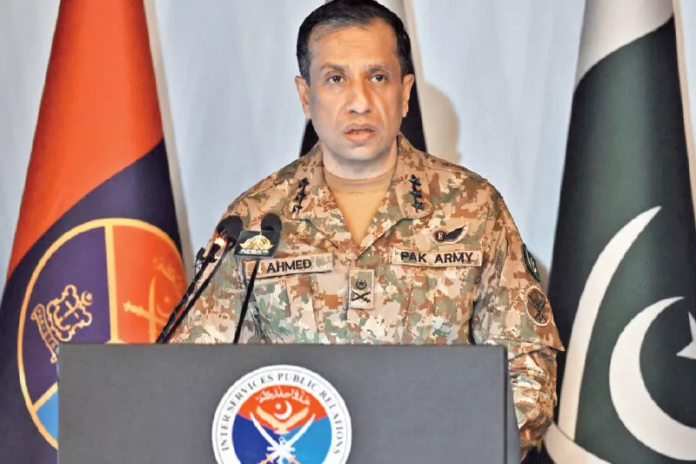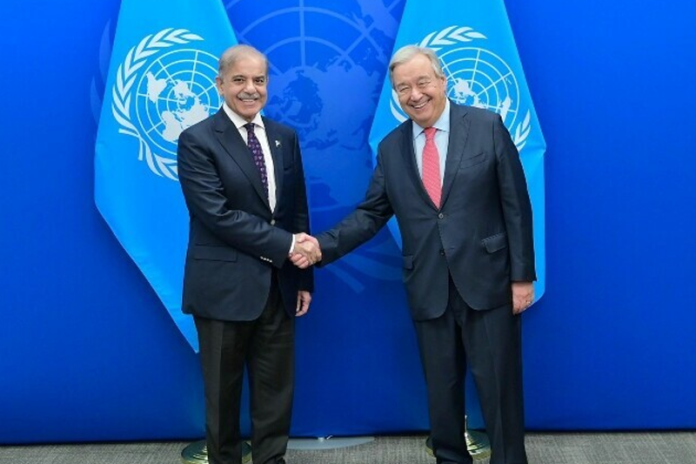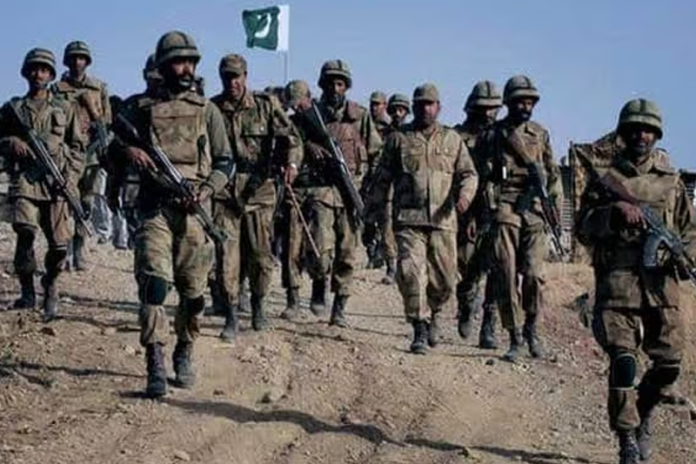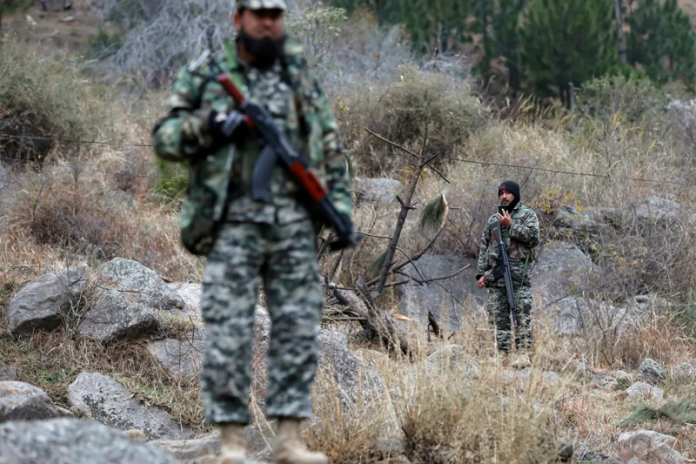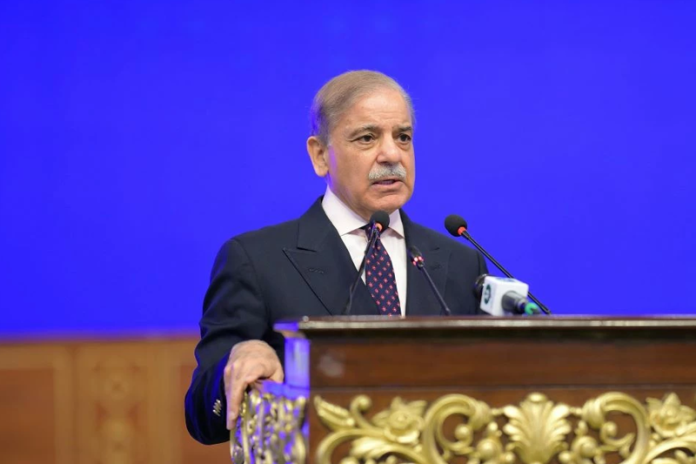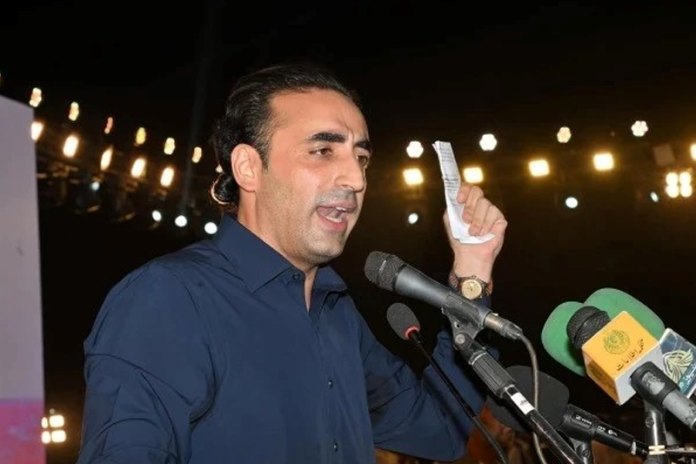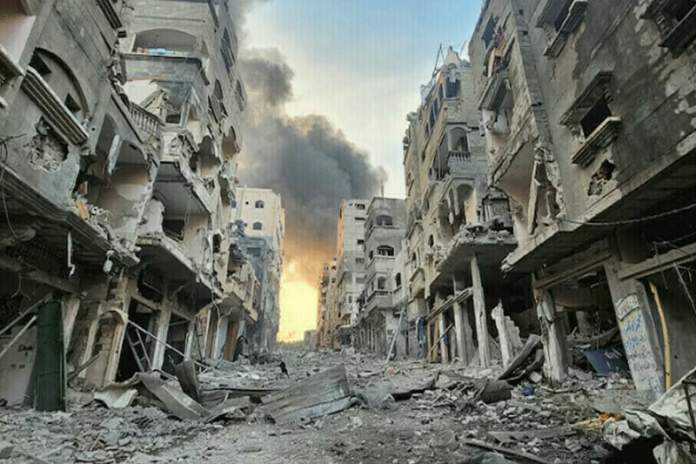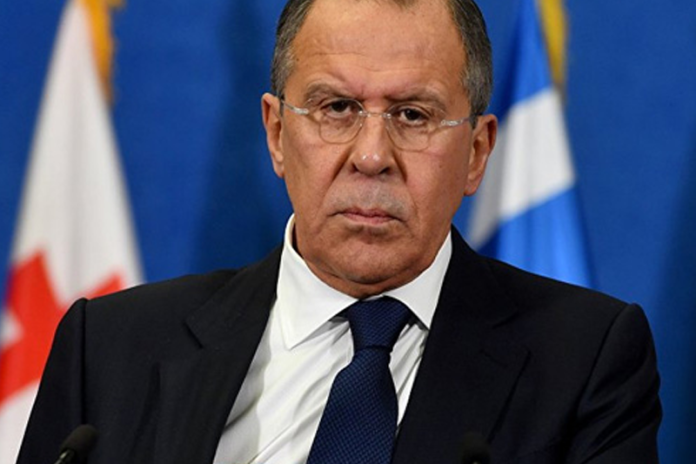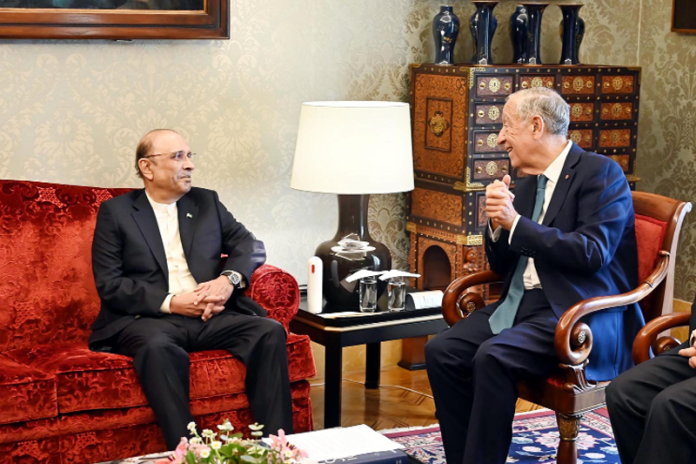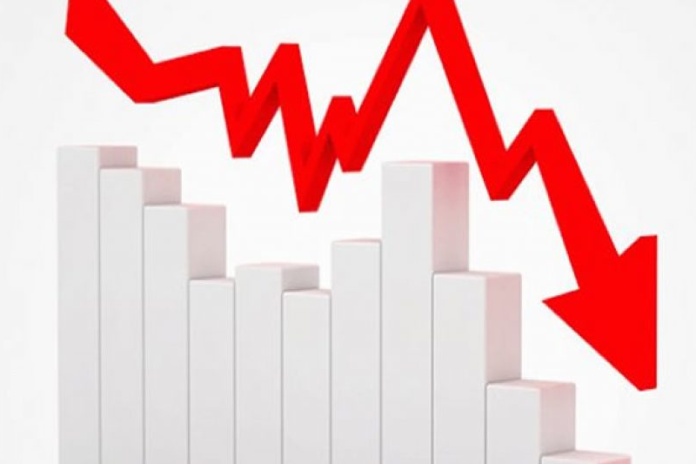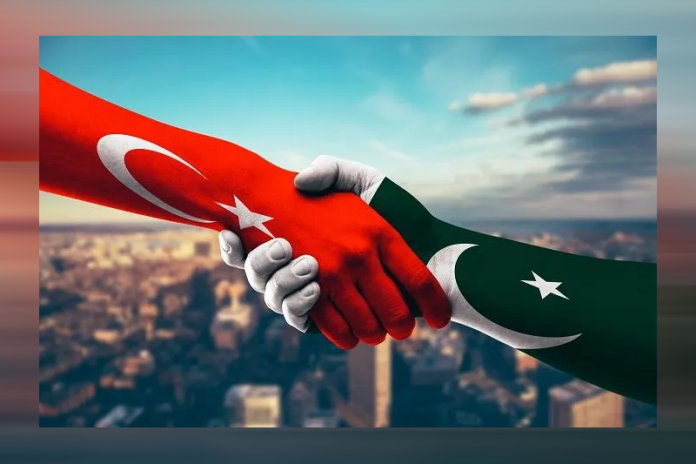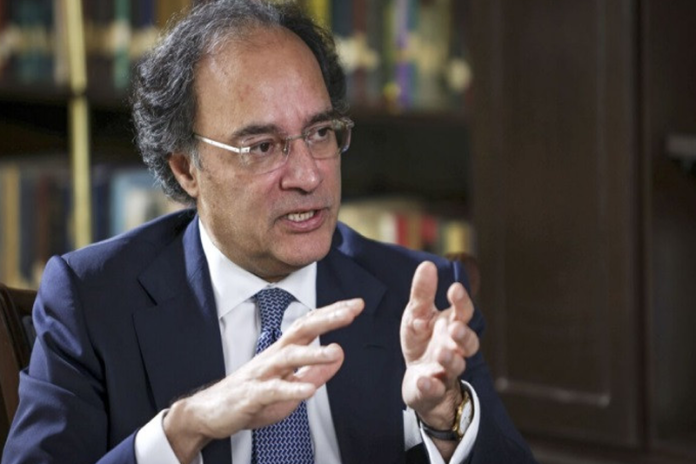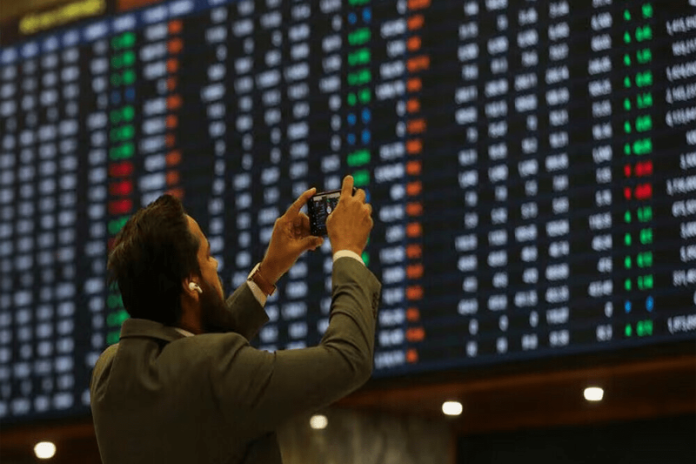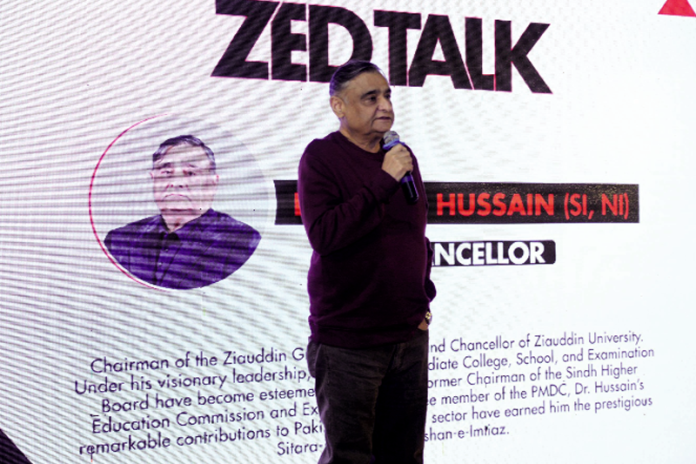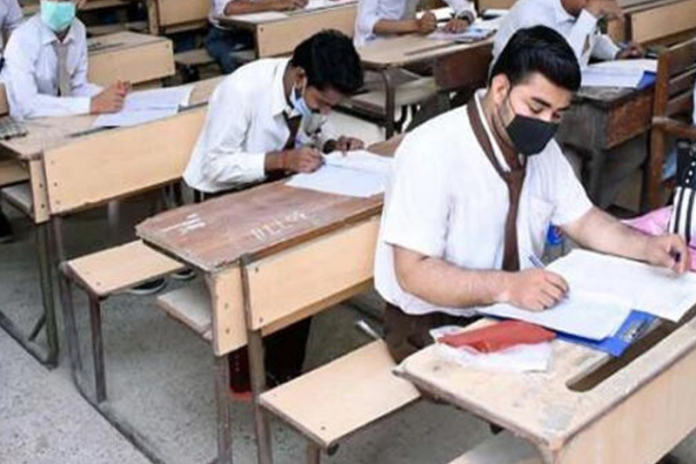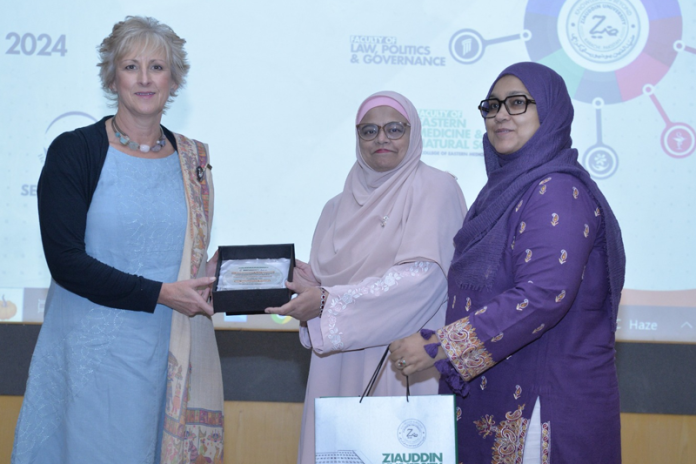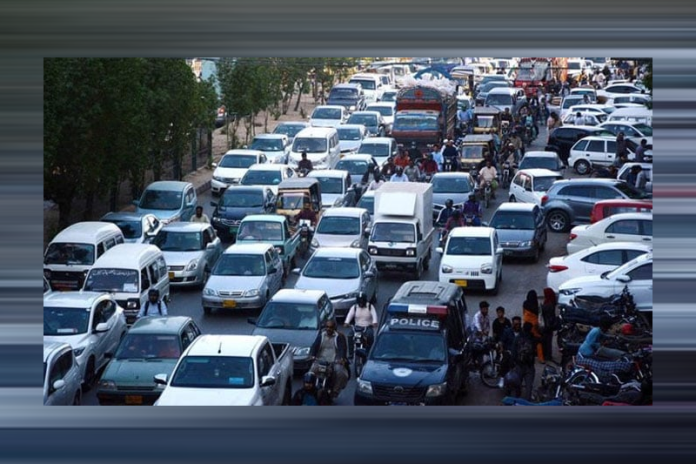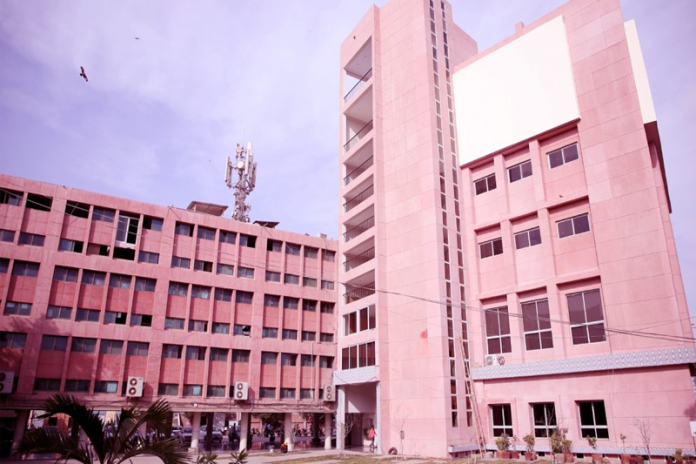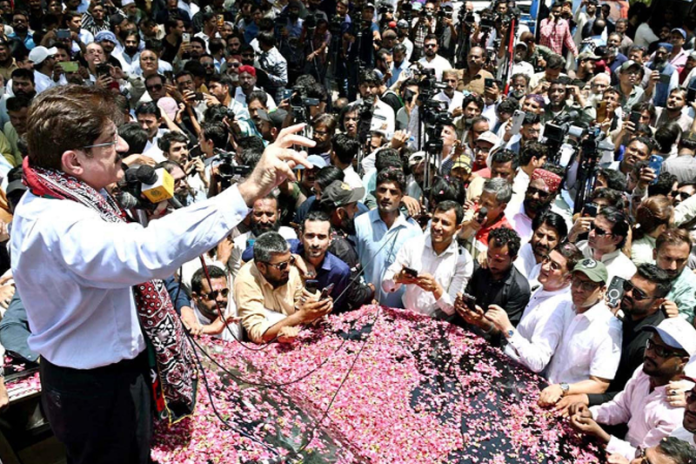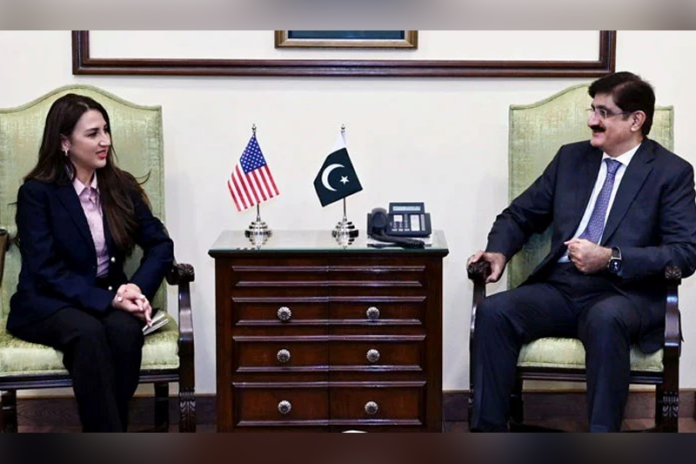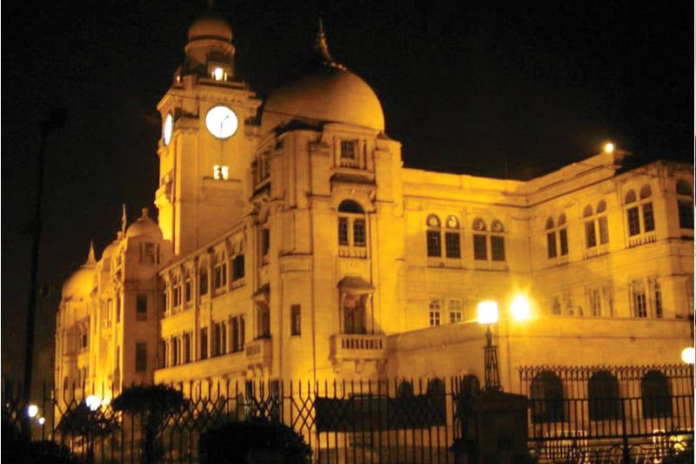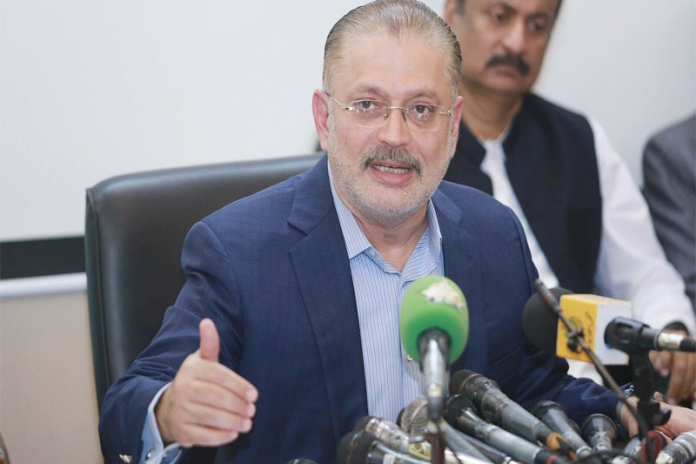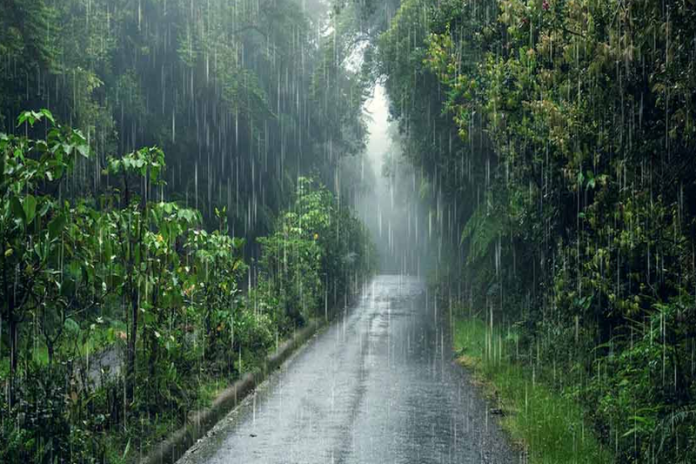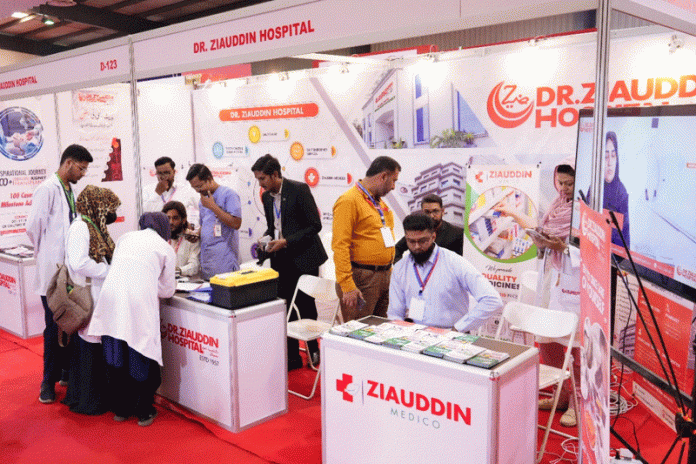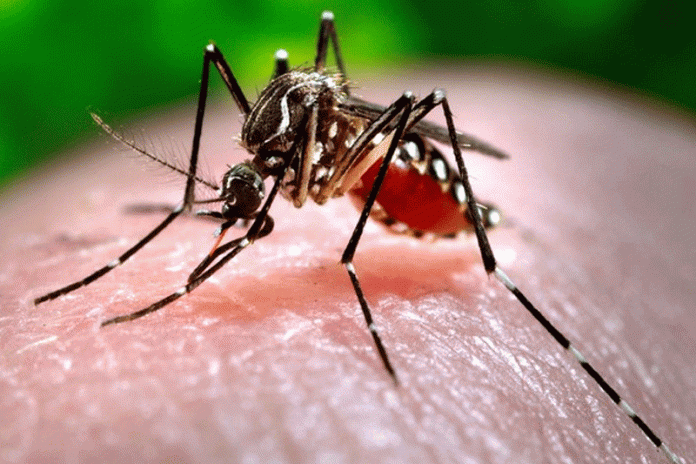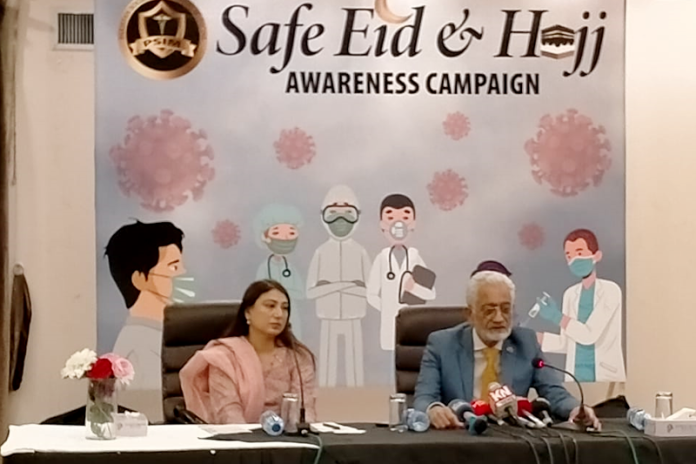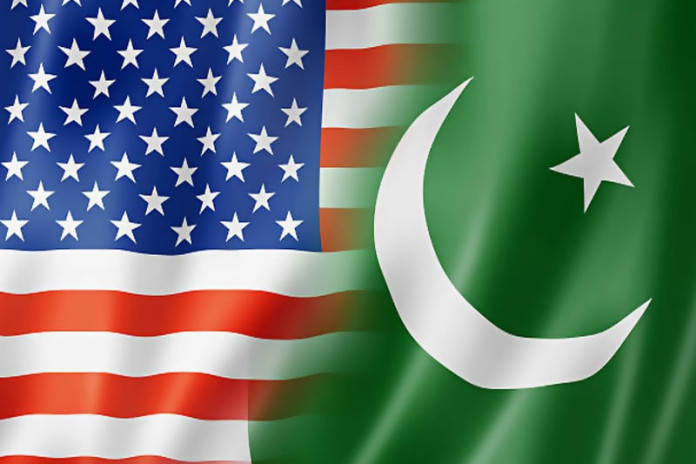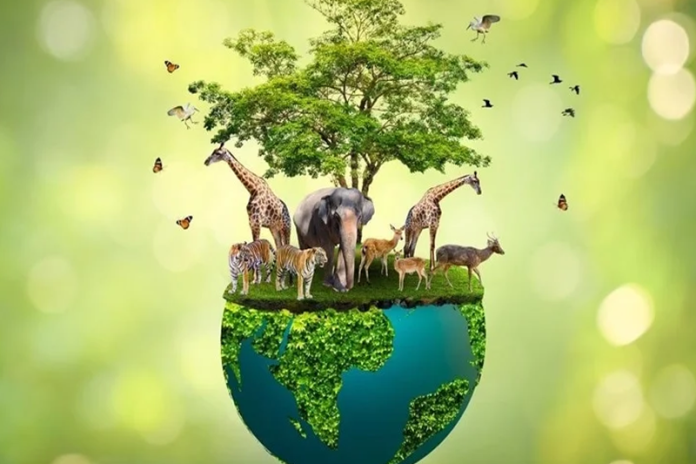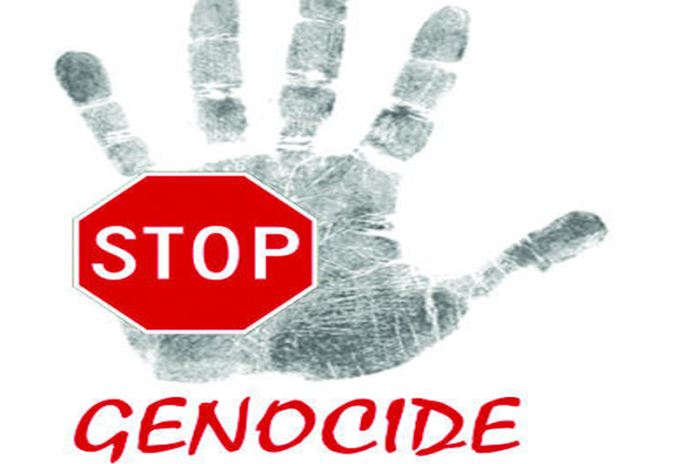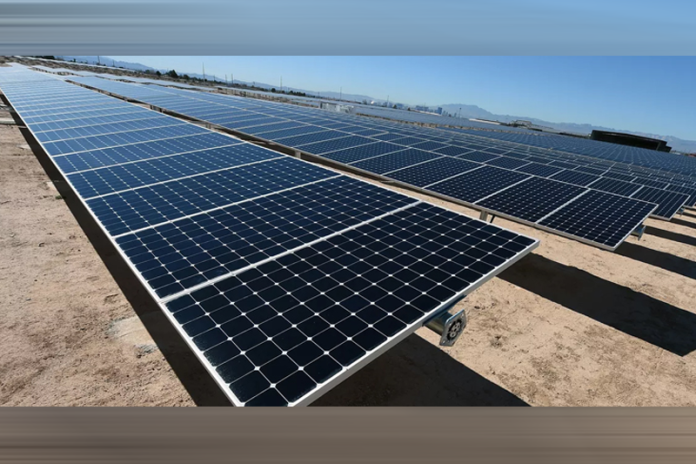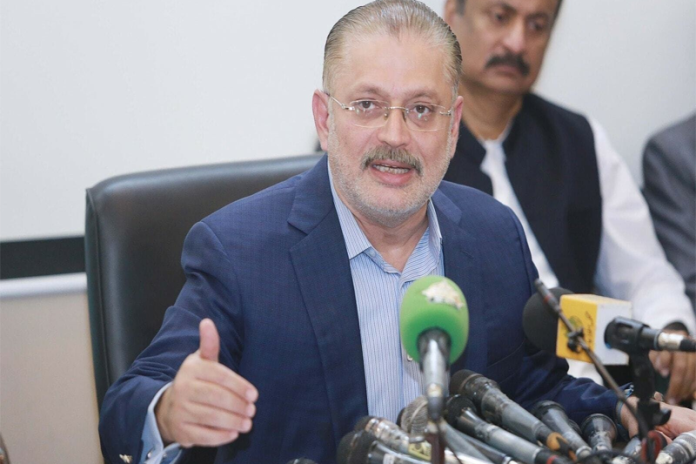Interior Sindh: Exploring the heartland of Pakistan in depth
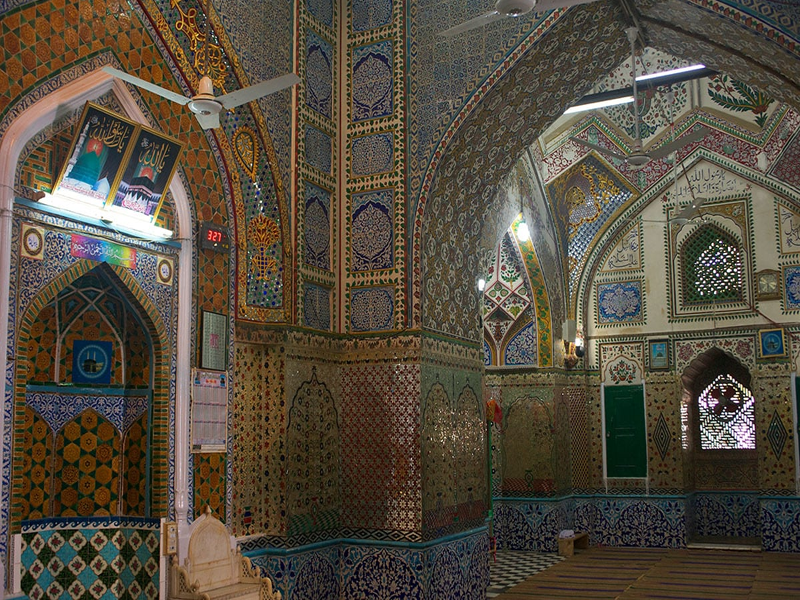
- 233
- 0
Interior Sindh, a province situated in the southern region of Pakistan, holds a distinctive position within the country's cultural, historical, and socio-economic landscape.
Encompassing a diverse array of landscapes, from fertile plains irrigated by the Indus River to bustling urban centers and ancient archaeological sites, interior Sindh is a treasure trove of heritage, tradition, and potential. In this comprehensive exploration, we delve into the multifaceted dimensions of interior Sindh, shedding light on its cultural significance, economic importance, and socio-political dynamics.
Cultural and Historical Significance: Indus Valley Civilization: Interior Sindh boasts a rich archaeological heritage, with remnants of the ancient Indus Valley Civilization scattered across its landscape. Mohenjo-Daro, one of the world's earliest urban settlements and a UNESCO World Heritage Site, stands as a testament to the advanced civilization that once thrived in this region, showcasing remarkable feats of urban planning and engineering. Sufi Heritage: Sindh has long been revered as a center of Sufi mysticism and spiritualism, with numerous shrines and mausoleums dotting its terrain.
The shrine of Lal Shahbaz Qalandar in Sehwan Sharif, a revered Sufi saint, attracts devotees from all walks of life, fostering a culture of tolerance, inclusivity, and communal harmony. Cultural Diversity: Interior Sindh is characterized by its cultural diversity, with a mosaic of ethnicities, languages, and traditions coexisting harmoniously. The Sindhi, Baloch, and Saraiki communities, among others, contribute to the region's vibrant cultural tapestry, celebrating their heritage through festivals, folk music, dance, and art forms like Ajrak and Sindhi Topi.
Economic Importance: Agricultural Heartland: Blessed with fertile plains irrigated by the Indus River and its tributaries, interior Sindh is an agricultural powerhouse. The region's agricultural output, encompassing crops such as wheat, rice, cotton, and sugarcane, not only sustains local livelihoods but also contributes significantly to Pakistan's economy and food security. Notable areas for agricultural production include the districts of Sukkur, Khairpur, and Nawabshah. Industrial Development: In addition to its agricultural prowess, interior Sindh is experiencing rapid industrial growth and urbanization. Cities like Hyderabad, Sukkur, and Nawabshah are emerging as industrial hubs, with sectors ranging from textiles and ceramics to pharmaceuticals and food processing.
The establishment of industrial estates and economic zones, such as the Sukkur Industrial Estate, further catalyzes industrial development and job creation in the region. Socio-Political Dynamics: Challenges and Opportunities: Despite its cultural heritage and economic potential, interior Sindh faces numerous socio-economic challenges, including poverty, unemployment, and inadequate access to basic services like education and healthcare. Addressing these challenges requires comprehensive strategies aimed at promoting inclusive development, empowering marginalized communities, and enhancing social welfare programs.
Political Landscape: Interior Sindh plays a significant role in Pakistan's political landscape, particularly as a stronghold of the Pakistan Peoples Party (PPP). Founded by Zulfikar Ali Bhutto, the PPP has traditionally enjoyed strong support in rural areas of Sindh, including interior regions. However, the province also witnesses political diversity and competition, with other parties vying for electoral success and representation.
Interior Sindh, with its rich cultural heritage, economic significance, and socio-political dynamics, occupies a central position within Pakistan's identity and development trajectory. As the province navigates the challenges and opportunities of the 21st century, preserving its cultural heritage, fostering economic growth, and addressing socio-economic disparities will be critical to unlocking its full potential and ensuring a prosperous future for its people.

